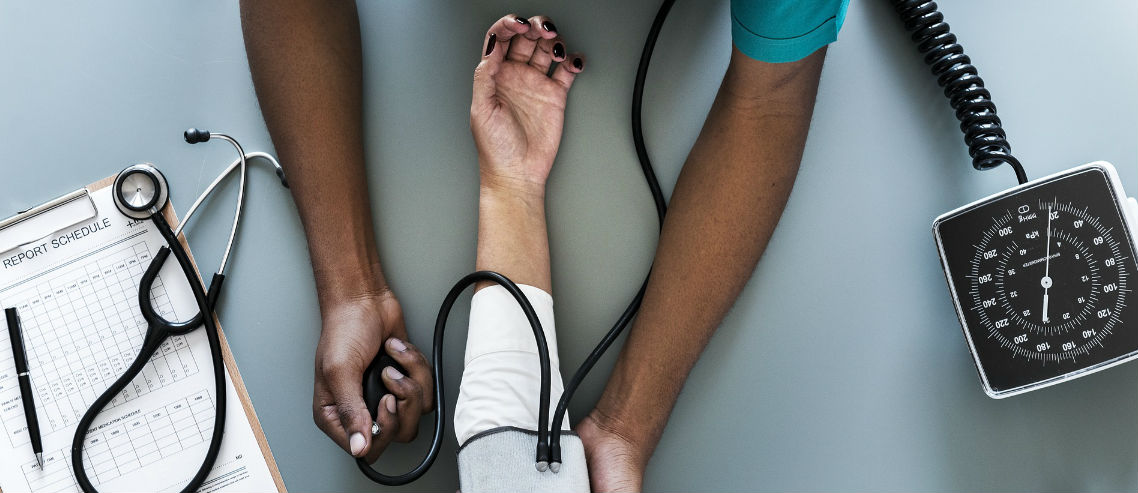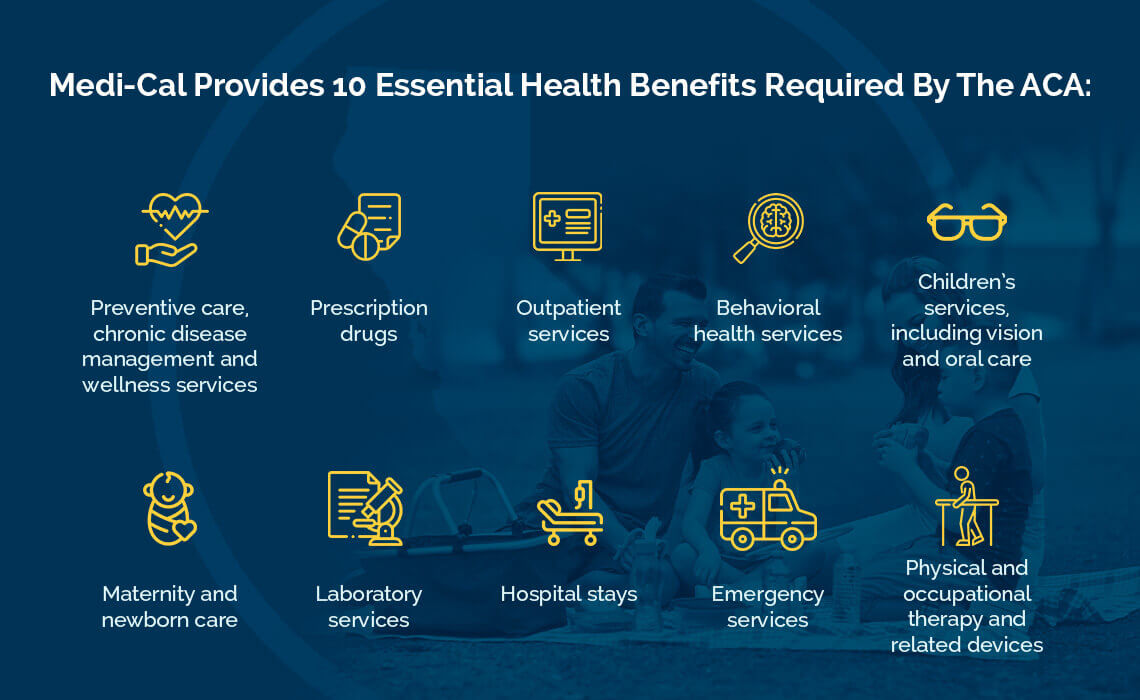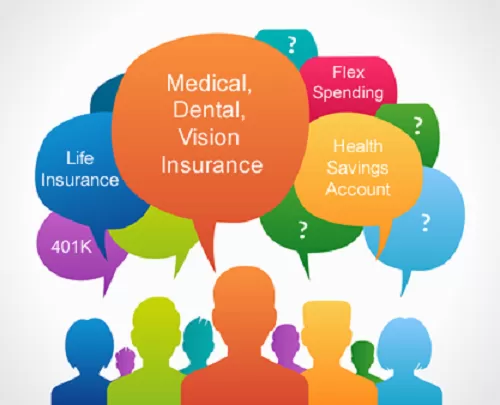Top Guidelines Of Medicare Advantage Agent
Top Guidelines Of Medicare Advantage Agent
Blog Article
Get This Report about Medicare Advantage Agent
Table of ContentsGetting My Medicare Advantage Agent To Work9 Simple Techniques For Medicare Advantage AgentThe smart Trick of Medicare Advantage Agent That Nobody is Talking About

follows from perplexing the fairly young age profile of the uninsured with the better health, generally, of younger individuals. This obscures the web link between wellness condition and health insurance. For those without accessibility to work environment medical insurance, poor wellness is a prospective obstacle to purchasing nongroup coverage due to the fact that such protection may be extremely priced, leave out preexisting conditions, or be just unavailable. The number of without insurance Americans is not particularly big and has actually not changed over the last few years. Seven out of 10 participants in a country wide representative survey assumed that less Americans did not have health and wellness insurance than really do(Fronstin, 1998). Roughly fifty percent(47 percent )thought that the number of people without medical insurance lowered or remained constant over the last half of the last years(Blendon et al., 1999). This decline of practically 2 million in the variety of people 'without insurance coverage (a decrease
of about 4 percent)is absolutely a positive change. With a softer economy in 2000 the most up to date reported gains in insurance coverage might not continue(Fronstin, 2001 ). The decline in the variety of without insurance will not continue if the economy stays slow-moving and healthcare costs proceed to outpace inflation. This is because the information were collected for a duration of solid economic efficiency. Of the estimated 42 million people who were uninsured, almost regarding 420,000(regarding 1 percent)were under 65 years of age, the age at which most Americans end up being eligible for Medicare; 32 million were grownups in between ages 18 and 65, around 19 percent of all grownups in this age team; and 10 million were kids under 18 years of age, concerning 13.9 percent of all children (Mills, 2000). These price quotes of the number of persons uninsured are created from the yearly March Supplement to the Present Populace Survey (CPS), performed by the Demographics Bureau. Unless or else noted, national price quotes of people without medical insurance and proportions of the population with various kinds of coverage are based upon the CPS, the most extensively made use of source of estimates of insurance protection and uninsurance rates. These surveys and the quotes they yield are defined briefly in Table B. 1 in Appendix B - Medicare Advantage Agent. These studies vary in size and tasting approaches, the concerns that are inquired about insurance policy
Excitement About Medicare Advantage Agent
protection, and the time duration over which insurance protection or uninsurance is measured(Lewis et al., 1998, Fronstin, 2000a ). Still, the CPS is specifically helpful due to the fact that it generates annual price quotes relatively quickly, reporting the previous year's insurance policy protection estimates each September, and since it is the basis for a regular set of quotes for more than twenty years, permitting evaluation of trends in coverage with time.

Examine This Report about Medicare Advantage Agent
Over a three-year period beginning early in 1993, 72 million individuals, 29 percent of the U.S. populace, lacked insurance coverage for at least one month. Within a single year(1994), 53 million individuals experienced at the very least a month without coverage(Bennefield, 1998a). 6 out of every ten uninsured grownups are themselves employed. Although working does enhance the likelihood that a person and one's relative will have insurance policy, it is not an assurance. Also members of families with 2 permanent wage income earners have almost a one-in-ten opportunity of being uninsured (9.1 percent uninsured price)(Hoffman and Pohl, 2000 ). The relationship in between health insurance policy and access to care is well established, as documented later on in this chapter. The connection in between health and wellness insurance policy and wellness outcomes is neither straight nor basic, an extensive clinical and health and wellness services research study literature web links health and wellness insurance protection
to improved access accessibility care, better qualityHigh quality and improved personal and population populace wellnessCondition The second record, on individual wellness end results for without insurance grownups, is represented by the inner circle of the number, while the third report, on family well-being, incorporates the topics of the second record however highlights a different device of evaluation, particularly, the family. The sixth record in the collection will present details concerning strategies and efforts taken on locally, statewide, or across the country to resolve the absence of insurance policy and its negative impacts. Degrees of evaluation for analyzing the effects of uninsurance. This conversation of medical insurance coverage concentrates primarily on the united state population under age 65 because virtually all Americans 65 and older have Medicare or other public protection.
It concentrates specifically on those without any health and wellness insurance policy for any length of time. The issues dealt with by the underinsured are in some aspects similar to those faced by the uninsured, although they are generally less severe. Uninsurance and underinsurance, however, include distinctly different policy issues, and the methods for addressing them may differ. Throughout this research study and the five reports to follow, the main focus gets on individuals without any medical insurance and therefore no support in paying for healthcare past what is readily available via charity and safety and security internet establishments. Medical insurance is an effective variable influencing invoice of care since both patients and medical professionals respond to the out-of-pocket price of solutions. Medical insurance, however, is neither necessary neither sufficient to access to clinical solutions. Nonetheless, the independent and straight effect of health
insurance coverage on accessibility to health and wellness solutions is well developed. Others will certainly obtain the health and wellness care they require even without wellness insurance policy, by spending for it out of pocket or seeking it from service providers that use care complimentary or at very subsidized rates. For still others, health insurance alone does not guarantee receipt of care because of various other nonfinancial barriers, such as a lack of health treatment providers in their neighborhood, minimal accessibility to transportation, illiteracy, or etymological and cultural differences. Official research concerning uninsured populations in the United States dates to the late 1920s and very early 1930s when the Board on the Price find more of Medical Treatment generated a read the full info here collection of records about funding doctor workplace sees and hospitalizations. This problem became prominent as the varieties of medically indigent climbed throughout the Great Clinical depression. Empirical studies continually support the web link between access to care and enhanced wellness results(Bindman et al., 1995; Starfield, 1995 ). Having a normal resource of care can be thought about a forecaster of access, instead of a direct procedure of it, when wellness end results are themselves made use of as accessibility indicators. This extension of the concept of access measurement was made by the IOM Board on Keeping Track Of Gain Access To to Personal Wellness Treatment Provider(Millman, 1993, p. Whether or not parents are guaranteed shows up to influence whether or not their youngsters obtain treatment along with how much careeven if the children themselves have protection(Hanson, 1998). The health of parents can impact their ability to care for their children and the level of family members stress. Stressing over their children's accessibility to care is itself a resource of stress for parents. 3 phases comply with in this report. Chapter 2 provides an overview of exactly how employment-based health and wellness insurance policy, public programs and specific insurance plan operate and communicate to provide comprehensive however incomplete coverage of the united state population. This consists of a testimonial of historic patterns and public policies impacting both public and personal insurance coverage, a discussion of the interactions among the different sorts of insurance policy, and an examination of why individuals move from one program to an additional or finish up

Report this page